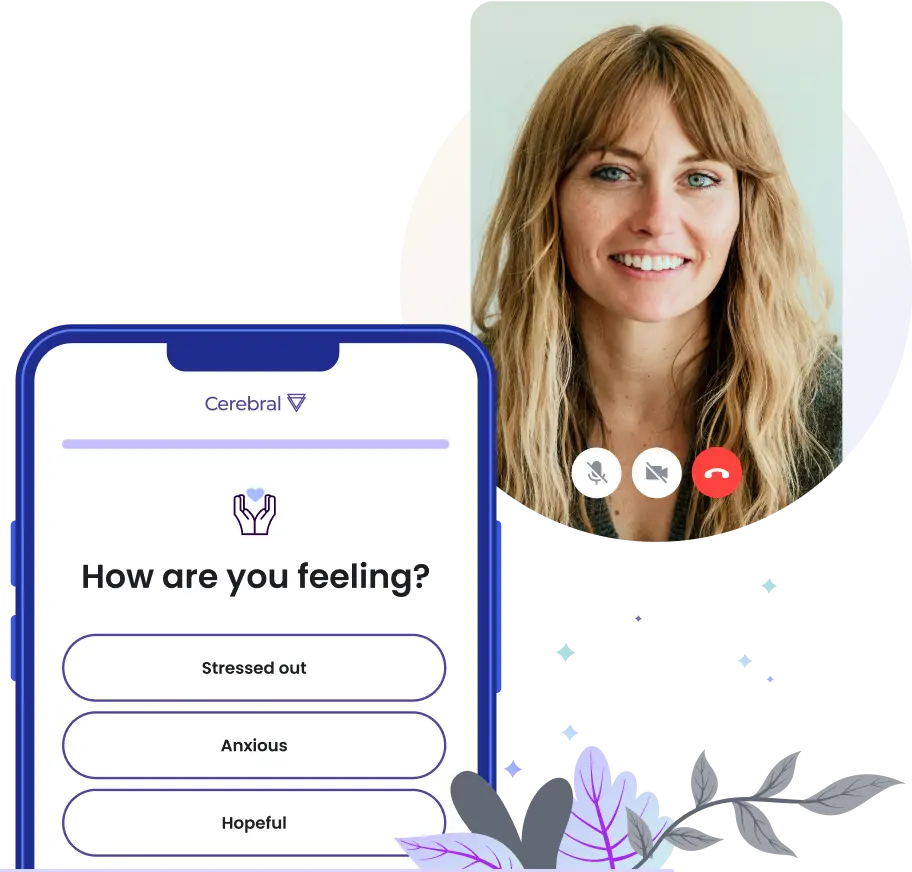Research tells us that in the United States alone, roughly 7.2% of people 12 years of age and older had a diagnosable substance use disorder (SUD) in the last year. 5.3% had an alcohol use disorder and 2.8% struggled with an illicit drug use disorder. What are the common signs that someone is suffering from substance use disorder, and importantly, how can you talk to them about it and encourage them to get help?

Signs that someone has substance use disorder
There are a number of warning signs that someone might be struggling with a substance addiction. These include:
- Changes in appearance: poor personal hygiene, dirty clothing
- Significant drop in work or school performance
- Altered behavior, particularly increase in desiring privacy
- Changes in appetite, such as a decreased appetite and associated weight loss
- Drastic changes in relationships
- Poor financial management: spending more money than usual or lack of paying bills on time
- Physical signs: track marks on the skin, or signs of drug inhalation, like thinning of the mucosa in the nose or septum perforation .
- Evidence of intoxication or withdrawal, like slurred speech, sweating, runny nose, watery eyes, or irritability.
Those with mental health conditions are also at increased risk of developing substance use disorders. Some of these include:
- Anxiety disorders
- Depression
- Bipolar disorder
- PTSD
- Eating disorders
- Schizophrenia
- ADHD
How to help a loved one with a substance use problem
If someone you care about is struggling, what can you do about it? Here are a few suggestions.
Introduce them to a support group
Alcoholics Anonymous is an example of a well known support group. For more than 80 years, Alcoholics Anonymous has helped millions of people recover from alcoholism—to get and stay sober.
While more research is needed, studies suggest that peer support groups can help fight addiction. Specifically, they can benefit substance use behaviors, treatment engagement, secondary substance-related behaviors (like cravings and self-efficacy), and assist in mitigating behaviors that increase risk of contracting HIV and/or hepatitis C.

Provide support, but avoid giving advice
It can be tempting to go into fix-it mode, but this is something that needs to be left to the professionals. (More on that in a minute.) Instead, you want to make clear to your friend or relative that your goal is to support them, not try to fix them.
It comes down to having an open and honest conversation. And ideally, you want to do more listening than talking. Here are a few prompts to consider:
- “How do you feel when…”
- “How do drugs/alcohol make you feel better?”
- “Do certain things trigger you to drink/do drugs?”
Help them feel heard and encourage them to share their side of things. You want to create a safe space for them to be honest about what’s happening in their life.
State feelings as opinions, not facts
Understandably, your loved one might go on the defense if you approach them about their substance abuse. It helps to frame your viewpoints as opinions rather than facts. The easiest way to do this? Start your statements with “I think” or “I feel.” Importantly, invite them to respond, even if it’s to disagree. Talk with them, not at them.

Offer specific examples of behavior that concerns you
Your loved one might not even realize that their substance use has gotten out of control. Or, they might suspect it but ultimately deny it. It helps to get specific with them to help them better understand why you’re concerned.
For instance, there’s a huge difference between “You never do what you say you’re going to do,” and, “The last three times you said you’d pick up the kids, you didn’t show.”
Of course, avoid a tone that can come across as accusatory. The point is not to highlight everything they’re doing wrong, but instead, use them as gentle examples of why you’re so worried about them.
Encourage them to seek professional help
You might be tempted to try to solve this yourself, but research tells us that addiction is a chronic disease. Getting proper medical health is important to the individual’s recovery and safety.
Substance abuse is overwhelming, but the good news is that it is treatable. Specifically, cognitive behavioral therapy can help individuals change behaviors that are making them more vulnerable to substance abuse. Therapy will help them understand their risk factors for use, boost their self-efficacy, and teach them how to cope with their emotions in healthier ways.

Support any and all progress
A single conversation or therapy session isn’t going to fix everything. In fact, in the beginning, you might not notice a difference at all, but that’s okay.
Because addiction is a chronic disease of the brain, undoing dangerous habits might take longer, especially if the individual goes through a challenging withdrawal period. As part of their support system, you should celebrate any and all wins, no matter how small they may seem. Did your loved one go to their support group meeting even when they didn’t want to? Did they attend their online therapy appointment as scheduled? Did they opt for a healthier coping mechanic when they would’ve previously turned to drugs or alcohol? This is all progress, even if they’re not fully “healed” yet.
Getting them the help they need
Help is all around you. If you’re having a hard time with someone who’s struggling, or if you’d like to point them in the right direction, learn more about Cerebral's comprehensive Opioid Use Disorder (OUD) treatment program. If you'd like to do more research, you can learn more about Cerebral and other OUD treatment programs.

Addressing Suicidal Thoughts: A Guide for Suicide Prevention

Treatment for Substance Use Disorder at Cerebral

Why Is Substance Abuse And Addiction So Prevalent Among The LGBTQI+ Community?

Call 911 if you’re having a
mental health emergency
Text Home to 741-741 if you're in emotional
distress and need immediate support
Call or text 988 Suicide &
Crisis Lifeline. Chat service
is available at 988lifeline.org.